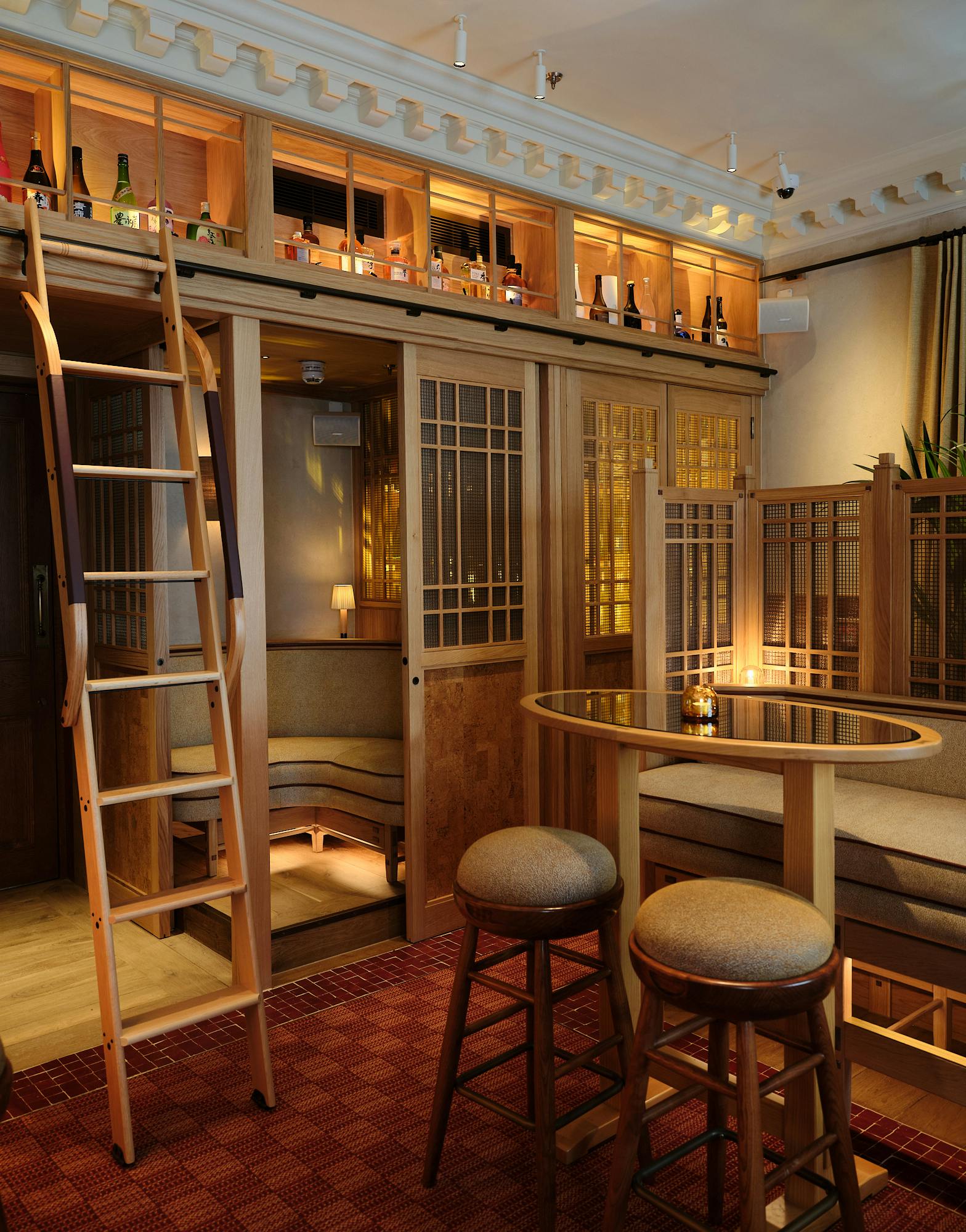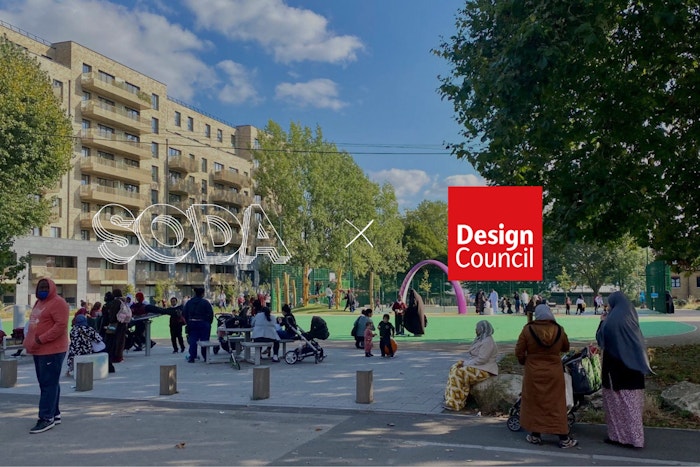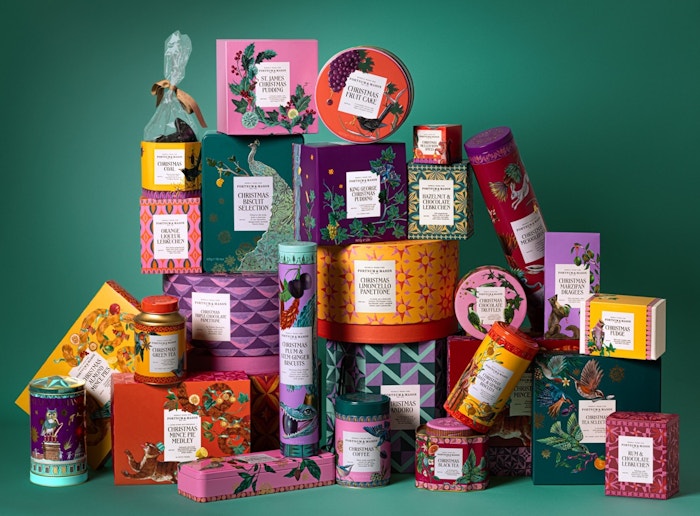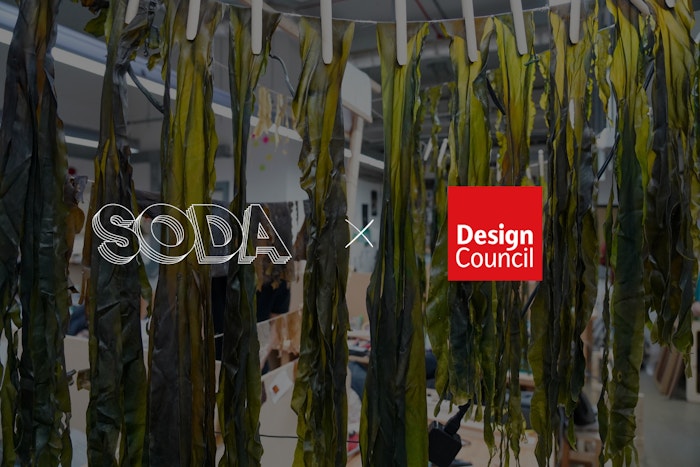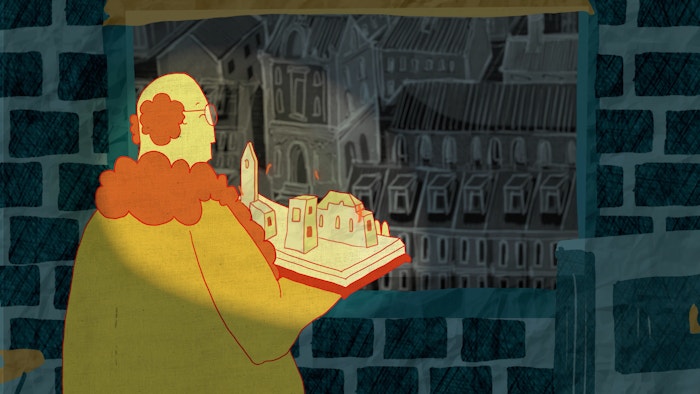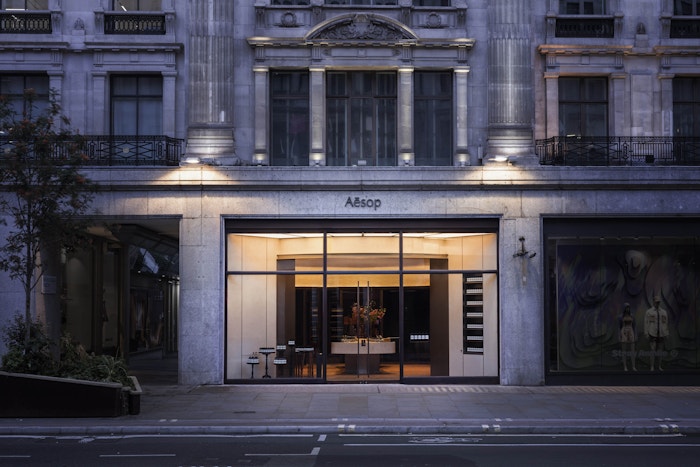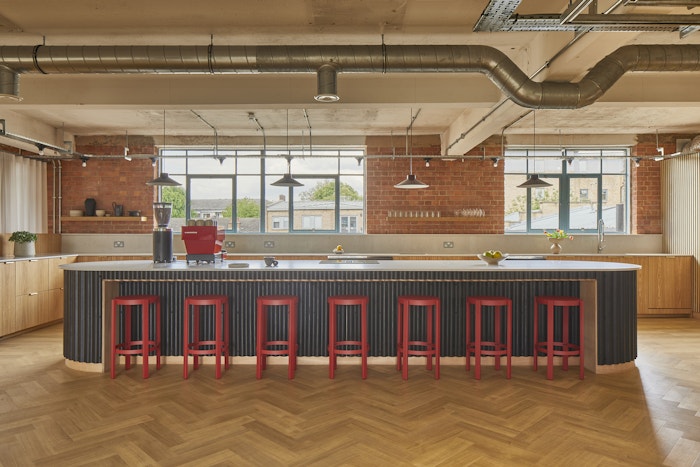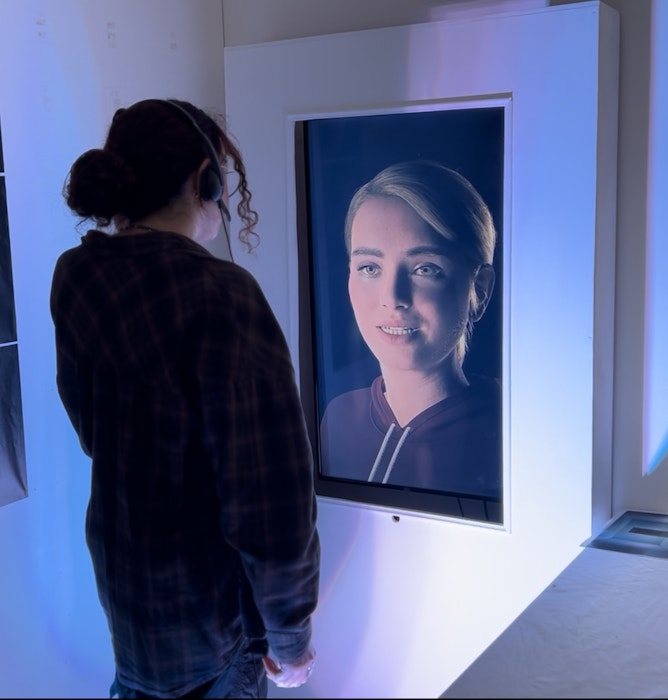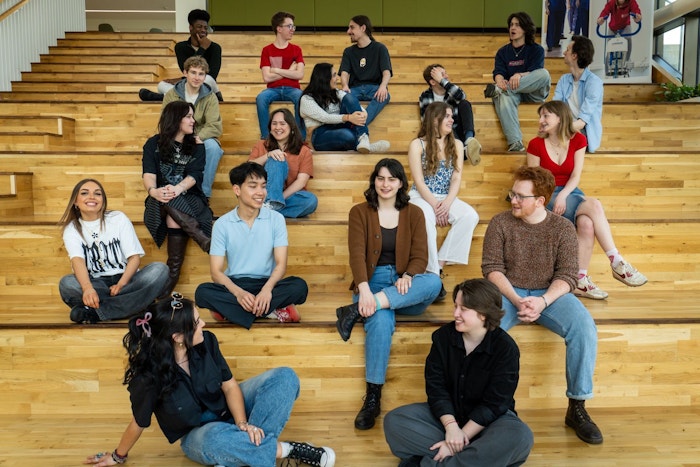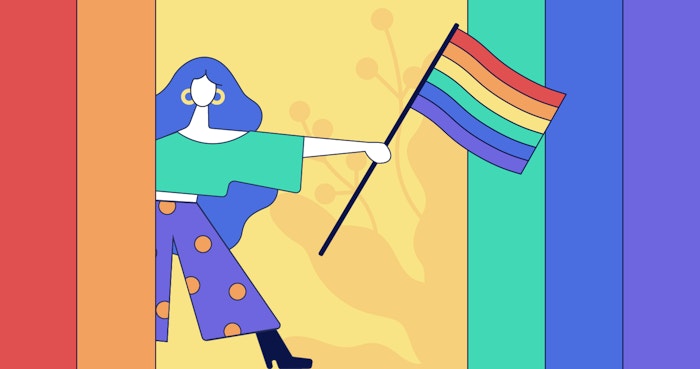
08 Mar 2017
HOLOGRAM OF CONSCIOUSNESS
Chelsea Jade Campbell puts value in experience. As an experiential creative director her specialty is to find ways of burning the value of a brand into the subconscious of consumers. She studied Fashion Communication & Promotion at Central Saint Martins and can now be found in New York City as CD of WME | IMG. We chatted to her about DNA repair, interactive nail polish and the future of experiential branding.

Chelsea photographed in Union Sq, NYC
During your time at Momentum you were very much focused on the experiential side of branding. Do you think brands have cottoned on to the full benefits and importance of experiential yet?
Slowly yes. There’s a fashion brand called Rebecca Minkoff who are utilising technology in a very lucrative way. It’s a completely seamless experience involving interactive mirrors which will give you suggestions of different accessories, sizes and options. The staff are also hugely knowledgeable about the tech. With fashion companies in the USA there are generally larger marketing budgets available so the ability to utilise tech is a lot more prevalent. For example, one of most high profile introductions of fashion and tech was in 2014 when Ralph Lauren introduced their ‘connected’ polo shirts for the US Open. Also there are companies like Boston based Trufit, who are working with big retailers like Macy’s. They’ve developed an algorithm to determine your exact clothing size, so when shopping online you should always be buying the right size. A lot of innovation is coming out of MIT in Boston and it all depends on how fast companies are willing to adopt it.
Do you see any barriers when brands are trying to break into experiential more?
I think the biggest barrier is large companies having the ability to be agile enough to adopt new ways of working. The best work is born from trust between agency and client, taking a risk and trusting one another’s’ judgment. Tech is moving so fast and evolving so quickly that if you’re not on top of it and able to adapt quickly enough then someone else will do it or it will be out of date by the time it hits the market.
'As our work and personal lives becomes so interlinked we need to feel a separation, so small projects are helping people get back to the pure and simple. We should never forget the importance of creating work for ourselves'
How can brands continue to remain authentic and meaningful to people when our lives are so saturated with branding, advertising and content being sold to us?
That’s actually why I love experiential so much. It’s an authentic touch point for brands to connect with their audience. It’s a place for brands to have a physical presence and it can add something to the customer’s everyday life. I’m not comparing it directly to a retail space because experiential can be totally online or digital but when brands can show up and contribute something valuable to their audience it gives them meaning and resonance, often leaving the audience with an emotional memory of the brand.
In terms of brands engaging with consumers, Amazon has done an amazing job. Amazon Echo is A.I. with all of Amazon’s products connected for purchase, its brilliant. Its voice activated service, ‘Alexa’, is now a daily part of many family’s lives. She can help with everything you need in your day to day life - updating your shopping list or turning on the heating and lights whilst you’re on your way home. They were the first to go to market with this technology, so now unless they’re providing a hugely improved version with market and price, anyone trying to compete will find it really difficult.

(left) Amazon Echo (right) Rebecca Minkoff
What do you think is the key to building a standout brand, what is it and where do you see the future of branding and maintaining standout?
It’s interesting, since the 90s we've gone from wearing the logo to hiding the logo, and in tech it’s gone from showing the tech to hiding the tech. The next step will be wearing or being the tech and it will become intuitive, seamless and integrated. Right now we’re still in a period of change, we’re slowly getting there with integrated tech like Amazon’s Alexa being able to reorder our groceries automatically.
Are there any areas where you’ve had glimpses of what the future might hold in terms of experiential, design or creative?
One of the most interesting pieces I’ve seen is 'inFORM'. It’s a dynamic shape display system allowing people to interact with the added ability to access each other’s environment. The potential for creation and collaboration, or even rehabilitation, is really exciting. To think that architects could use it to remotely build and direct is fascinating. Right now it’s very nascent but to think about the possibilities is fascinating.
Also some students at MIT have developed tiny interactive nail covers called 'NailO' that act as touch screens. You could use them to scroll through notifications on your phone that you’re seeing through a chip in your retina for example. This could be developed into something incredibly commercial such as interactive nail polish, allowing you to change the colour at the swipe of a finger.
Do you think we’ll ever go too far with technology and innovation and cross some sort of line?
I used to think that but now I’m reading about technology like CRISPR. It’s a startup which focuses on DNA repair. Cutting and pasting unhealthy or damaged parts of your DNA with healthy ones. It can accurately zone in on the strand of your DNA which needs repair or cosmetic enhancement and replace it with a healthy version. I think a few years ago that may have freaked me out but now it fascinates me.
We live in a society now where there is an expectation to be constantly connected both socially and professionally. How do you think people are dealing with this?
I was reading about how side projects are becoming so meaningful to people. As our work and personal lives becomes so interlinked we need to feel a separation, so small projects are helping people get back to the pure and simple. Not infiltrated by your personal or professional life. I think this is really important, we should never forget the importance of creating work for ourselves.
What are your top 5 reads in the experiential, design and creative spaces?
That’s a tough one, but off the top of my head I’ll settle for the following…
No Logo – Naomi Klein
Purple Cow – Seth Godin
COSMOS – Carl Sagan
The Experience Economy - Joseph Pine and James Gilmore
The Holographic Universe - Michael Talbot

Finally, are there any personal trailblazers that you admire?
I love what Lucy Mcrae [above] is doing. She’s an artist who trained as a bio engineer and is doing really interesting, creative work on the body. Jason Snyder, my past CTO at Momentum is a futurist. I would approach him with an idea and he would take it from zero to 10 in the blink of an eye. He has re-coded Amazon Echo with open source so that 'Alexa' can operate all aspects of his house. He’s a huge inspiration to me.
- Chelsea was interviewed by by Tim Duncan & Samuel John Weeks
- Photographed by Samuel John Weeks
- Edited by Alex Mills
- https://www.chelseajadecampbell.com - Explore Chelsea's world here ...
